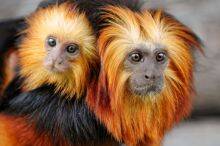
Leontopithecus chrysomelas
Leontopithecus chrysomelas,Golden-headed Lion Tamarin
Golden-headed Lion Tamarin (scientific name: Leontopithecus chrysomelas), fo···
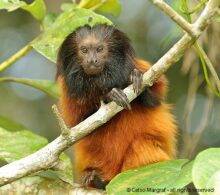
Leontopithecus caissara
Leontopithecus caissara,Black-faced Lion Tamarin
The Black-faced Lion Tamarin (scientific name: Leontopithecus caissara) was ···
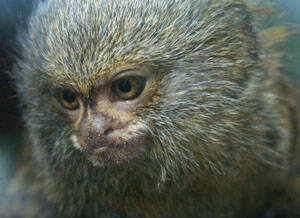
Cebuella pygmaea
Cebuella pygmaea,Pygmy Marmoset,Pygmy marmoset, squirrel monkey, bird monkey
The scientific name of the pygmy marmoset is Cebuella pygmaea, and its forei···
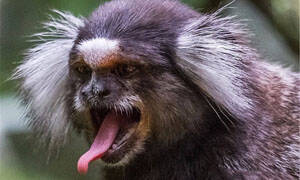
Callithrix jacchus
Callithrix jacchus,Common Marmoset
Common Marmoset (scientific name: Callithrix jacchus) is called Common Marmo···
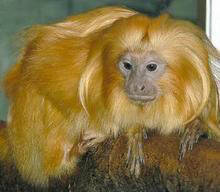
Callithrix flaviceps
Callithrix flaviceps,Yellow-crowned tamarin
The yellow-crowned marmoset (Callithrix flaviceps) is a species of marmoset ···
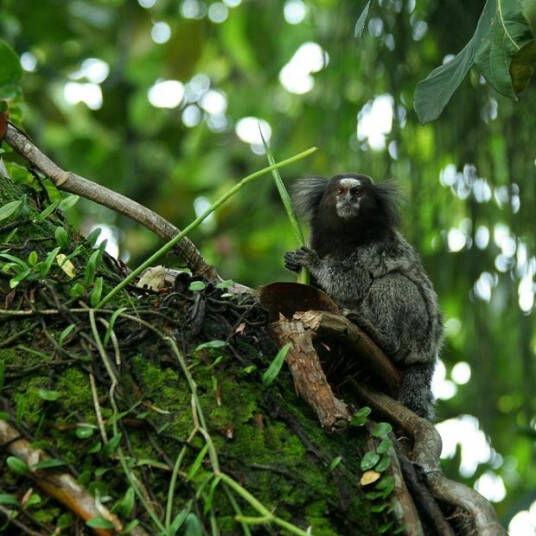
Rio Acari marmosets
Rio Acari marmosets
The Rio Acari marmosets is one of seven new species of monkeys discovered in···
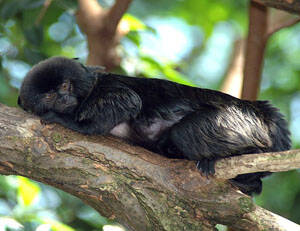
Callimico goeldii
Callimico goeldii
The scientific name of the ring-tailed monkey is Callimico goeldii, which is···

Propithecus verreauxi
Propithecus verreauxi
The scientific name of Verreauxi's crowned lemur is Propithecus verreaux···
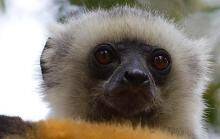
Propithecus diadema
Propithecus diadema
The scientific name of the crowned lemur is Propithecus diadema. It is a tre···
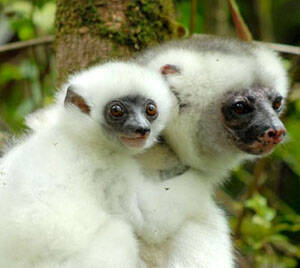
Propithecus candidus
Propithecus candidus
The scientific name of the velvet crown lemur is Propithecus candidus. It li···
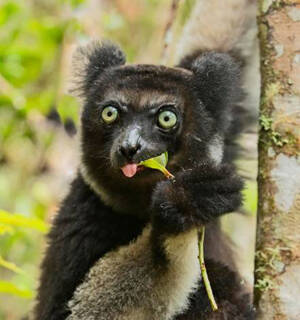
Indri indri
Indri indri,Prolemur
The giant lemur (scientific name Indri indri) is the only species in the gia···
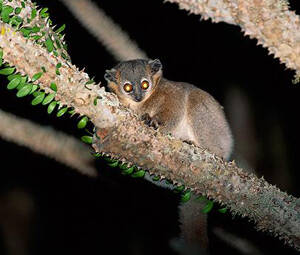
Lepilemur leucopus,
Lepilemur leucopus,White-footed monkey, boxing monkey,White-footed ferret lemur
The scientific name of the white-footed ferret lemur is Lepilemur leucopus, ···
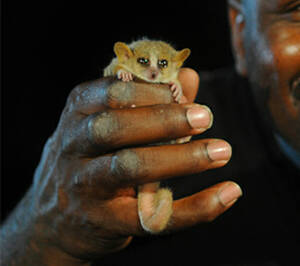
Microcebus marohita
Microcebus marohita,Marohita Mouse Lemur
Marohita Mouse Lemur (scientific name: Microcebus marohita) is also known as···
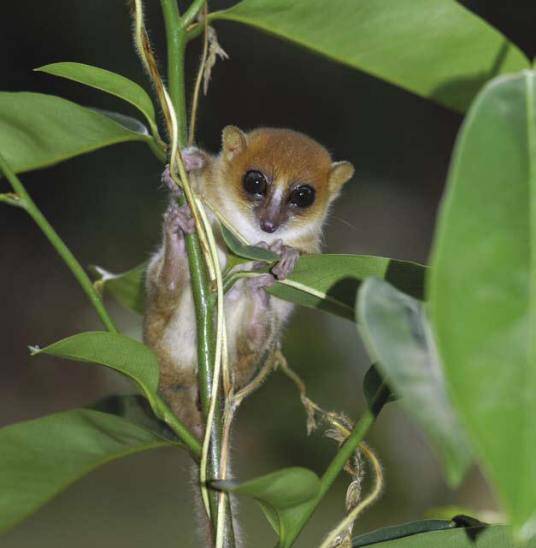
Microcebus margotmarshae
Microcebus margotmarshae,Margot Marsh's Mouse Lemur
Margot Marsh's Mouse Lemur (scientific name: Microcebus margotmarshae) i···
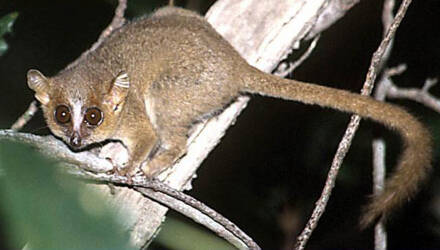
Microcebus mamiratra
Microcebus mamiratra,Claire's Mouse Lemur
Claire's Mouse Lemur (scientific name: Microcebus mamiratra), foreign na···
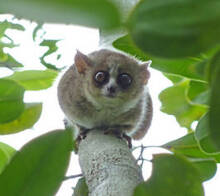
Microcebus macarthurii
Microcebus macarthurii,MacArthur's Mouse Lemur
MacArthur's dwarf lemur (scientific name: Microcebus macarthurii), forei···
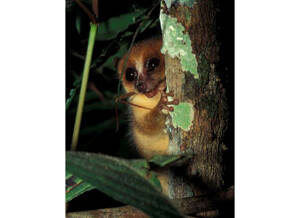
Microcebus lehilahytsara
Microcebus lehilahytsara,Goodman's Mouse Lemur
Goodman's Mouse Lemur (scientific name: Microcebus lehilahytsara) is cal···
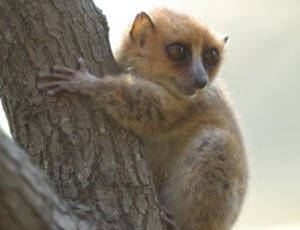
Microcebus jollyae
Microcebus jollyae,Grey-brown Mouse Lemur
Jolly's dwarf lemur (scientific name: Microcebus jollyae) is also known ···
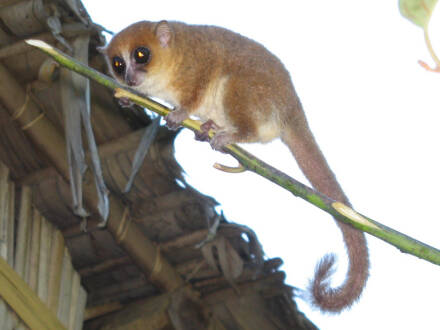
Microcebus gerpi
Microcebus gerpi,Gerp's Mouse Lemur
Gerp's Mouse Lemur (Microcebus gerpi) is a new species discovered in 201···
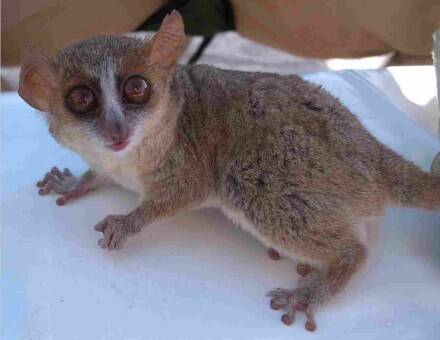
Microcebus danfossi
Microcebus danfossi
Microcebus danfossi (Microcebus danfossi) is an arboreal lemur that usually ···
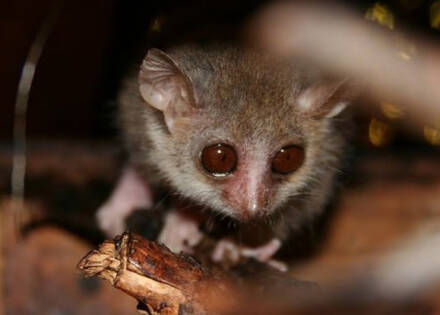
Microcebus bongolavensis
Microcebus bongolavensis,Bongolava Mouse Lemur
Bongolava dwarf lemur (scientific name: Microcebus bongolavensis) is also kn···
